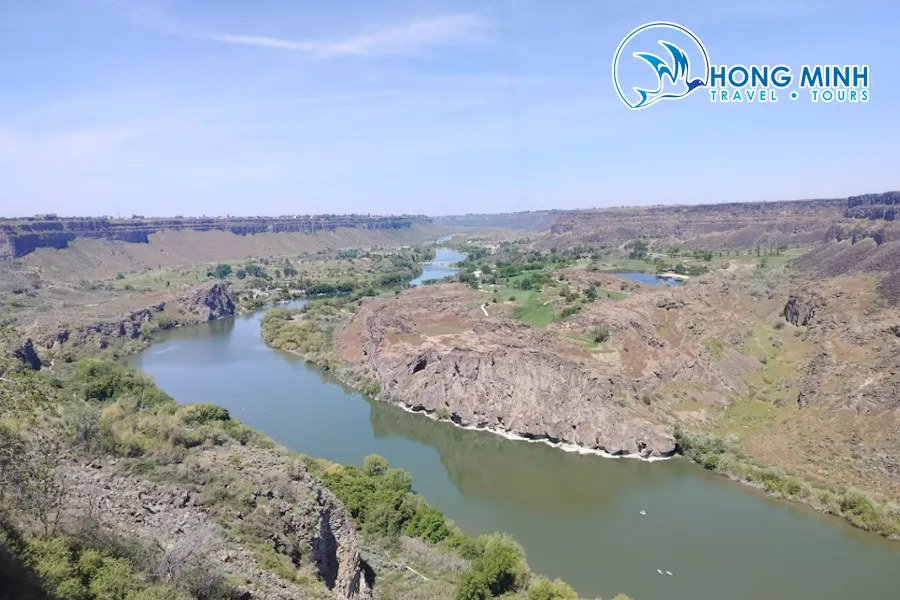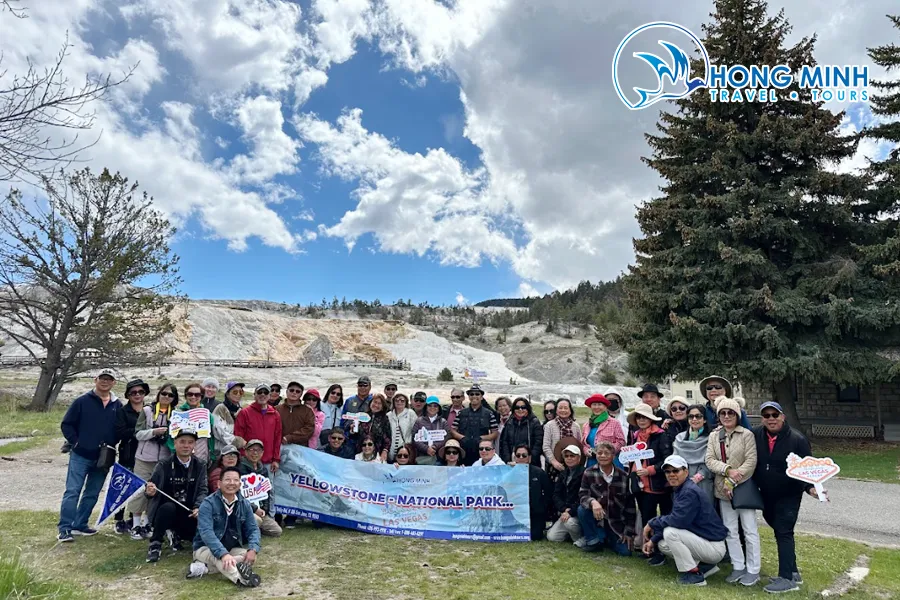Idaho, a mountainous state in the Northwestern United States, is renowned not only for its pristine natural beauty, turquoise glacial rivers, and world-class ski resorts, but also as a haven for wildlife enthusiasts, particularly those fascinated by North American black bears. If you are a wildlife photographer eager to capture stunning moments of these powerful and enigmatic creatures in their natural habitat, the mountains of Idaho are an unmissable destination. An Idaho black bear photography adventure promises unforgettable memories and unique photographs, showcasing the incredible intersection of humanity and wild nature.
Idaho Mountains – Ideal Habitat for Black Bears
Idaho boasts a diverse topography, from towering, pine-forested mountain ranges to lush valleys and crystal-clear lakes. This rich ecosystem creates an ideal habitat for the North American black bear (Ursus americanus), one of the most common bear species in North America. With an estimated population of 20,000 to 30,000 individuals, Idaho’s black bears are widely distributed throughout the state, particularly concentrated in the northern mountainous regions and the central wilderness.
Idaho black bears are of medium size; adult males weigh between 250 and 600 pounds (115 to 270 kg), while females are smaller, weighing approximately 200 to 400 pounds (90 to 180 kg). They have distinctive glossy black fur, although it can sometimes be dark brown or cinnamon. Black bears have a varied diet, including vegetation (berries, nuts, roots), insects, fish, and small mammals. In the fall, black bears actively forage for food to build up energy reserves for winter hibernation.
The Idaho mountains are not only home to black bears but also part of a vast wildlife corridor, connecting with other conservation areas in Montana, Wyoming, and Canada. This facilitates movement and gene flow between bear populations, contributing to the species’ biodiversity and health.

Ideal Black Bear Photography Locations in Idaho Mountains
To have a successful black bear photography experience in Idaho, choosing the right location is crucial. Here are some suggestions for areas known for high black bear densities and stunning natural landscapes:
- Sawtooth National Forest: Located in central Idaho, Sawtooth National Forest is a vast wilderness area with majestic granite peaks, glacial lakes, and expansive pine forests. This area is home to a healthy black bear population, especially in summer and fall when bears forage for food near lakeshores and mountain slopes. Hiking trails within the national forest, such as the Alice-Toxaway Loop or Sawtooth Lake Trail, are ideal spots to explore the scenery and have opportunities to encounter black bears.
- Panhandle National Forest: Situated in northern Idaho, the Panhandle National Forest encompasses three major forests: Kaniksu, Coeur d’Alene, and St. Joe. This is a pristine wilderness with old-growth forests, rivers, lakes, and rugged mountains. Black bears inhabit this entire region, and you can increase your chances of observing them by exploring hiking trails, kayaking on rivers, or overnight camping in the forest.
- Yellowstone National Park and National Preserve (Idaho Portion): Although the majority of Yellowstone National Park is in Wyoming and Montana, a small section extends into Idaho. This area, particularly the Island Park region, is a wildlife hotspot, including black bears. Yellowstone Bear World, a wildlife park near West Yellowstone, is also a good option for observing black bears in a near-natural environment and capturing close-up photos.
- Other Wilderness Areas: Beyond the well-known locations above, Idaho has many lesser-known wilderness areas with great potential for black bear photography, such as the Selkirk Mountains, Frank Church-River of No Return Wilderness, and Hells Canyon National Recreation Area. Exploring these areas requires careful preparation and backcountry experience, but the rewards can be unique experiences and opportunities to photograph black bears in truly wild settings.

Tips for Successful Black Bear Photography
Photographing black bears in the wild requires patience, skill, and knowledge of their behavior. Here are some helpful tips to increase your chances of capturing impressive black bear photos:
- Learn about black bears: Before embarking on your photography journey, learn about black bear behavior, habitat, and identifying signs. This helps you predict where bears might appear and how to approach them safely.
- Choose the right time: The best times for black bear photography are early morning or late afternoon when bears are most active foraging for food. Spring and summer are when mother bears care for their cubs, creating adorable moments to capture. Fall is when bears accumulate fat for hibernation, often appearing in areas with abundant food sources.
- Use a telephoto lens: A telephoto lens is an essential tool for wildlife photography from a distance. Lenses with a focal length of 300mm or greater will allow you to take close-up shots of black bears without disturbing them.
- Be patient and observant: Black bear photography requires high patience. Spend time observing your surroundings, listening to forest sounds, and looking for bear signs (scat, tracks, claw marks on trees). When you spot a bear, maintain a safe distance and observe its behavior before starting to photograph.
- Utilize natural light: Natural light is crucial for creating beautiful photos. Dawn and dusk light is often warm and soft, ideal for photographing landscapes and wildlife.
- Shoot in burst mode: Black bears are relatively fast-moving animals, so use burst mode to avoid missing any important moments.

Safety and Ethics in Black Bear Photography
Safety and ethics are always top priorities when photographing black bears or any other wildlife. Here are essential principles to follow:
- Maintain a safe distance: Never approach black bears too closely. A minimum safe distance is 50 yards (45 meters). If a bear shows signs of stress (e.g., standing upright, teeth grinding, growling), slowly back away and increase the distance.
- Never feed bears: Feeding bears is extremely dangerous and harmful to both humans and animals. Bears will lose their natural instincts and become habituated to humans, increasing the risk of conflict.
- Carry bear spray: Bear spray is an effective self-defense tool in case of a bear attack. Learn how to use bear spray correctly and always carry it when entering bear country.
- Travel in groups: Photographing black bears with others is safer than going alone. Inform family or friends about your plans and expected return time.
- Respect bear habitat: Avoid making loud noises, littering, or disturbing the natural environment of bears. Remember you are a guest in their home.
- Do not use bait: Using bait to lure bears closer is unethical and can be dangerous for both bears and humans. Let bears appear naturally and photograph them in their true wild environment.
Best Time to Photograph Black Bears in Idaho
The ideal time for black bear photography in the Idaho mountains is from spring to fall, specifically from May to October. During this period, the weather is warm and pleasant, black bears are active, and there are more opportunities to observe them.
- Spring (May – June): Black bears have just emerged from winter hibernation, often appearing in areas with new vegetation and abundant water sources. This is also bear breeding season, and you might be lucky to spot mother bears with adorable cubs.
- Summer (July – August): Summer is when black bears are most active foraging for food. They often move to higher elevations to find berries and insects. Lakeshores and rivers are also places bears frequent to cool off and catch fish.
- Fall (September – October): Fall is when black bears actively accumulate fat to prepare for winter hibernation. They often seek out nuts, acorns, and salmon (if available). The vibrant fall colors of Idaho’s forests also create a stunning backdrop for black bear photos.
An Idaho black bear photography adventure is not only a journey to explore wild nature but also an opportunity to challenge yourself, hone your photography skills, and connect deeply with the animal world. Prepare thoroughly, equip yourself with knowledge, and adhere to safety and ethical principles for a successful and memorable black bear photography trip in beautiful Idaho.